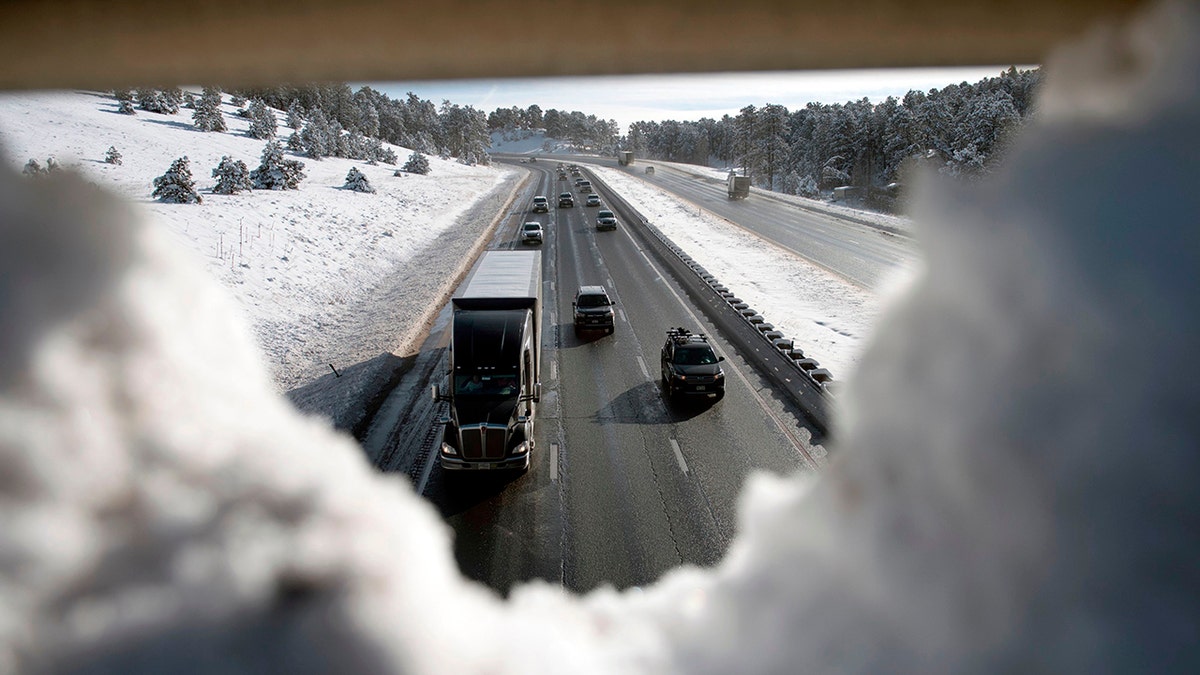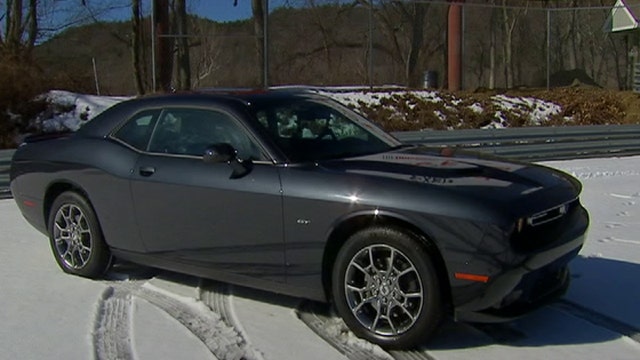New Dodge Muscle car is a winter wonder
Old man winter may have met his match in the all-wheel-drive 2017 Dodge Challenger GT.
Nine in 10 Americans don’t trust other drivers to stay safe on the road in the winter, according to new research.

(Joe Mahoney/Getty Images)
A survey of 2,000 Americans who drive regularly found 91 percent don’t have faith in other drivers as the temperature drops and the roads get slick.
That extends to our loved ones, too: Almost a quarter (23 percent) avoid riding with a friend or family member during the winter because they don’t trust their driving.
Commissioned by Discount Tire and conducted by OnePoll, the results found that respondents are fairly confident in their own abilities, as 64 percent believe they’re a safe driver throughout the season.
Still, 59 percent admitted to being less confident in their winter driving abilities than their skills during the rest of the year, and results found driver confidence varies by the weather.
The vast majority -- more than 90 percent -- are confident driving in the rain, while three-quarters feel safe in sleet or snow (76 percent, each); but only 55 percent are comfortable driving with ice on the roads.
That’s likely why many people avoid driving during the winter. Forty-eight percent have avoided running errands in order to stay off the road, while others have avoided taking a long drive (44 percent) or avoided traveling somewhere due to weather concerns (42 percent).
More than a fifth of respondents (22 percent) have been in an accident as a result of winter weather and slippery roads, which might explain part of the hesitancy to drive.

(JASON CONNOLLY/AFP via Getty Images)
“At 45 degrees and below, all-season tires start to lose traction and grip on the road -- that’s when we recommend using winter tires,” said Tom Williams, senior vice president of customer experience at Discount Tire. “The tread rubber of an all-season tire stiffens in extreme cold and becomes less able to provide sufficient traction, whereas winter tires have softer rubber and thousands of extra traction edges to maintain contact with the road.
"Winter tires deliver as much as a 25–50 percent increase in traction, which could be the margin you need to stop in time with cold-weather conditions," he added.
But, at times, it can be difficult to avoid driving during the winter -- results found that 65 percent of respondents plan to drive for the holidays, with their longest trip averaging three and a half hours.
In good news for those traveling during the holidays, 92 percent of respondents feel knowledgeable about driving in winter weather -- but results showed they might not know as much as they think.
Some drivers are unaware they should avoid stopping on hills when roads are icy (35 percent), while others don’t know cruise control should be avoided on slippery roads (30 percent) or that it’s important to accelerate and decelerate more slowly in the presence of snow or ice (24 percent).
Interestingly enough, 79 percent of drivers surveyed know the temperature outside affects tire pressure. And 54 percent are aware of the correlation -- for every 10-degree drop in temperature, tires lose one pound of air pressure.
“Regardless of where you live, drivers need to take extra precautions with their tires during the winter months,” Williams said. “As outside temperatures drop, so does the air pressure of your tires. We recommend checking your tire pressure at least once a month to decrease the dangerous risk of poor handling and excessive wear.”
It’s best to be prepared -- and one way to do so is making sure your vehicle is ready for winter weather, something seven in 10 respondents do.
Of those who prep for winter, the most common step they take is checking their vehicle’s tire pressure (85 percent), followed by checking their wiper blades (80 percent) and checking the tread on their tires (79 percent).
An even safer way to prepare is by having your tires checked by a professional before the colder weather starts, something 53 percent of respondents plan to do. And half have used winter tires on their vehicle in the past, which is another step to be prepared for the season.
